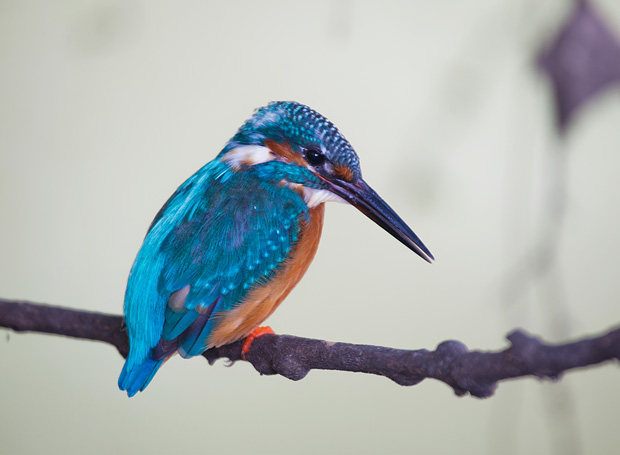Marshes perhaps make up for more than half the area of Keoladeo National Park in Bharatpur. Naturally, the park has a lot of birds that rely on the abundance of this water. Cormorants and darters come here to fish and so do grey herons and egrets. Black Necked Storks and Painted Storks take pleasure in filtering out algae in the water and consuming them for breakfast. The storks are voracious eaters who seem to be always in a hurry to eat more, as if fearing that their neighbours may take away a portion of the food. Grey Herons stand perfectly still until an unsuspecting fish passes next to them. A microsecond later, the fish is struggling between the beaks of the heron and a few second later disappears in its throat.
I once saw a Grey Heron catch a huge fish almost six inches long and about three inches wide. The heron tried hard to consume it, but it turned out too big and eventually had to put it away. As it tried hard to gulp the fish, a greedy pond heron and a night heron walked up to it without daring to get too close, staring at the fish with a hopeful look!
The large birds were too wary of anyone and preferred to sit as far from land as possible. Even the ones that came closer to edge of the marsh kept a careful look and flew away at the first sight of someone approaching. Some pictures here.
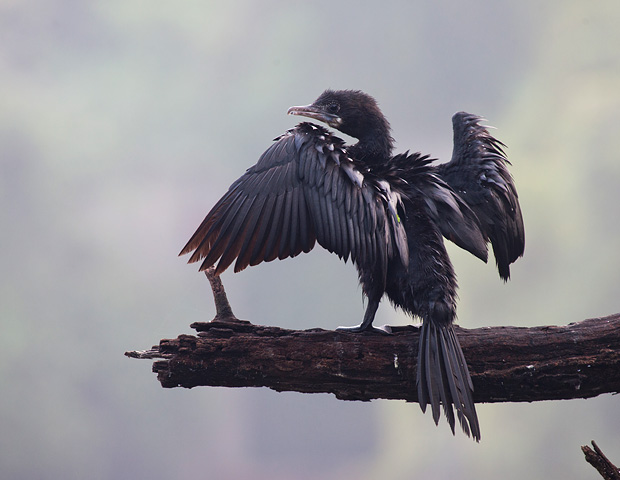
Little Cormorant
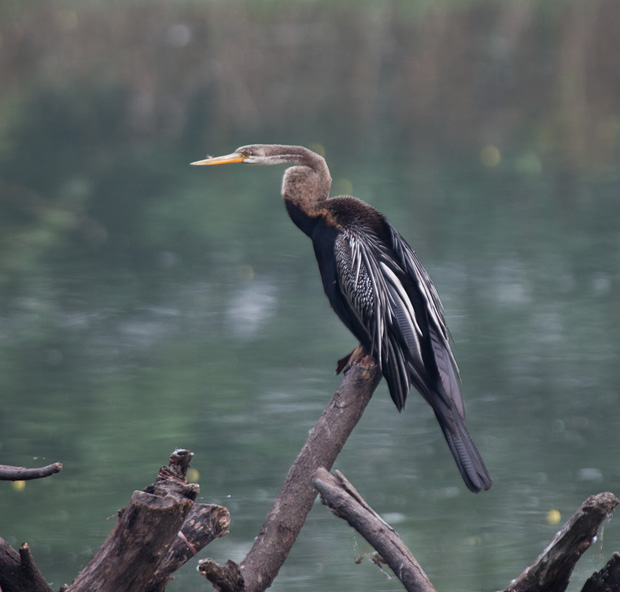
darter
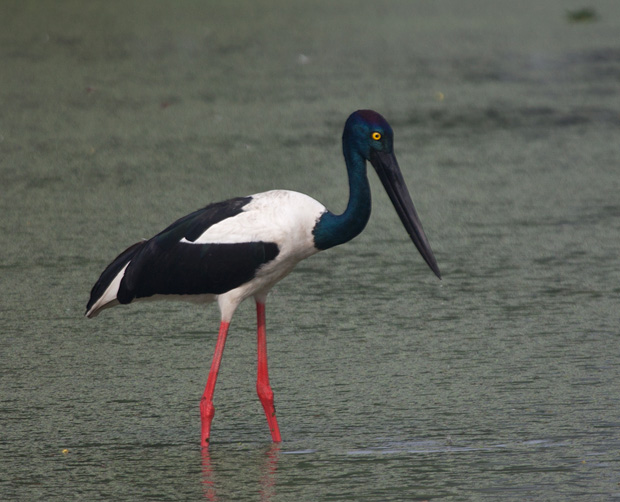
Black Necked Stork
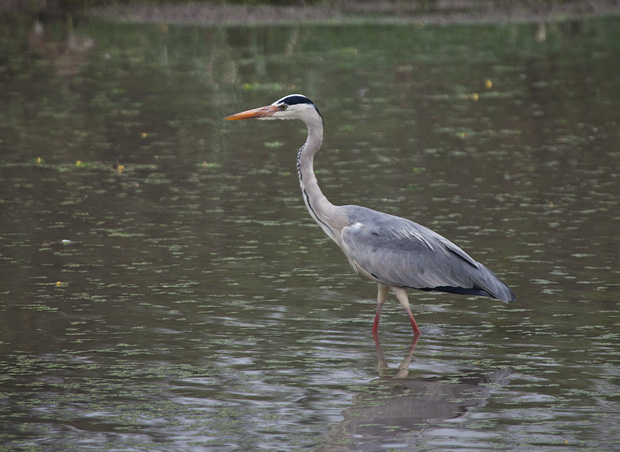
Grey Heron
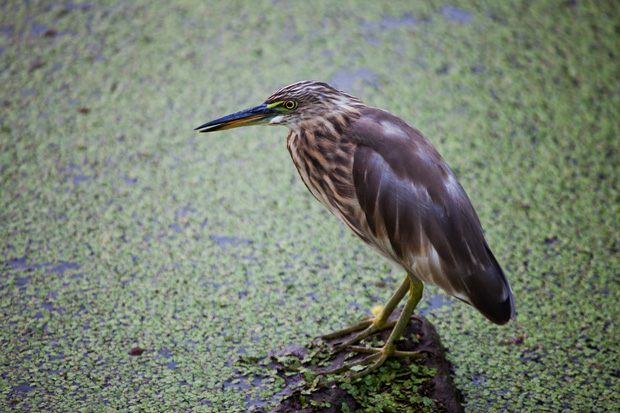
Pond Heron

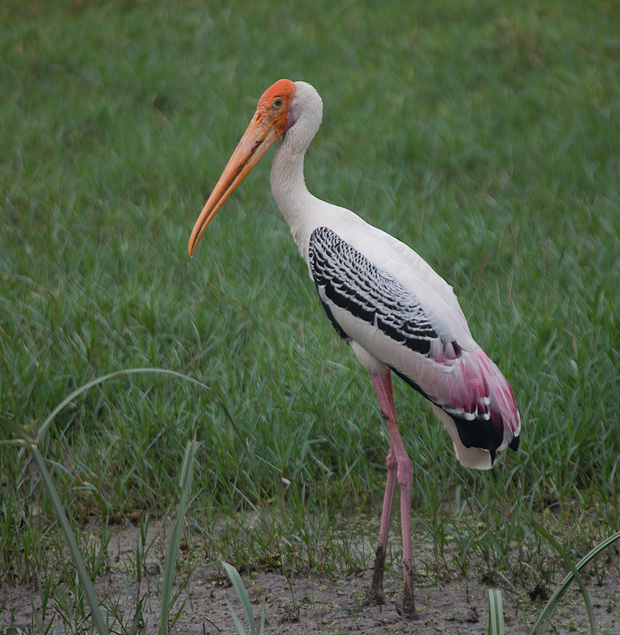
Painted Stork
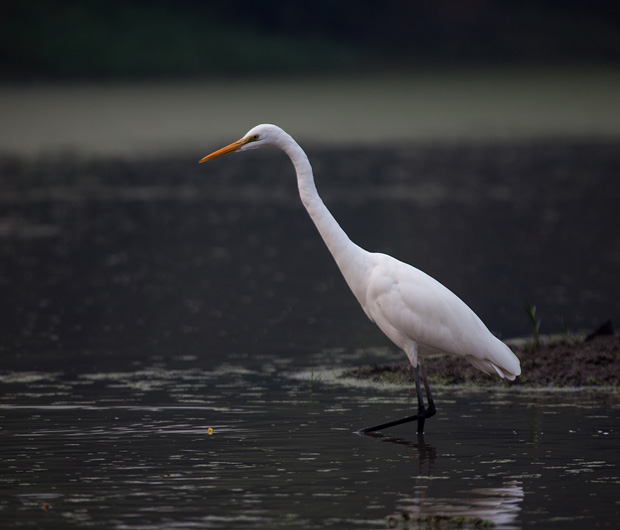
Great Egret
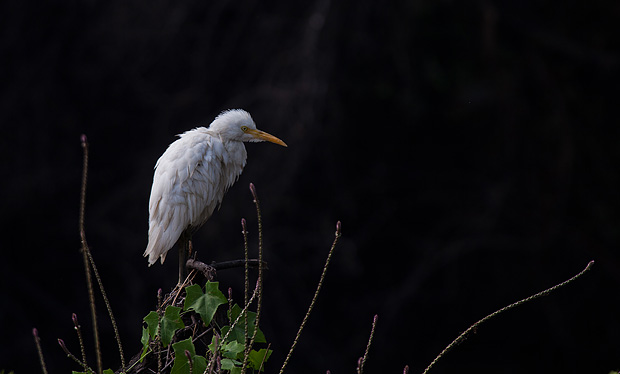
Cattle Egret
Turtles in the swamp were one of the highlights of my trip to Bharatpur. Soon after returning from Bharatpur, I wrote an article on Harmony Magazine about life in the park. Here is an excerpt on turtles.
“The large water body makes an ideal habitat for flap-shell turtles that gently swim just below the water surface. I kept seeing a dark and dome-like thing moving slowly in the water for two full days, never getting a chance for a face-to-face encounter with the owners of these shells.
It is only after three days that I found an easy way to get a good look at them, thanks to the generosity of Seetaram Baba. Baba lives at the Hanuman Temple in a corner of the park, located next to a deeper part of the marsh. He has been feeding the turtles for many years now and has become such good friend with them, they respond instantaneously when he calls them. One of the evenings when I was there, Baba took a vessel full of dough and took us to the waters. As we watched standing on the steps leading to the pond, he started calling them “aa.. aa.. aa..”. In just a few seconds, I saw something move slowly in the water. A small snout and two tiny eyes popped up next to the steps. It was soon followed by another one and another one, all of them coming out in a characteristically turtle-like sluggishness. They fed on the wheat balls slowly and cautiously, coming out of the water only for a short while to take a gulp before disappearing again. They looked gentle and harmless, but Baba told me that they can collectively tear apart any animal that makes the mistake of getting into the water.”
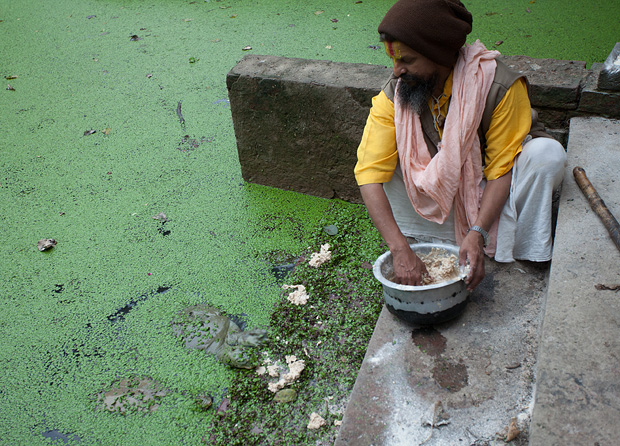
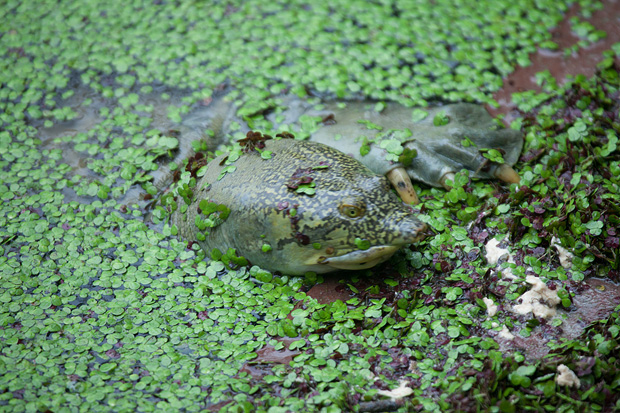
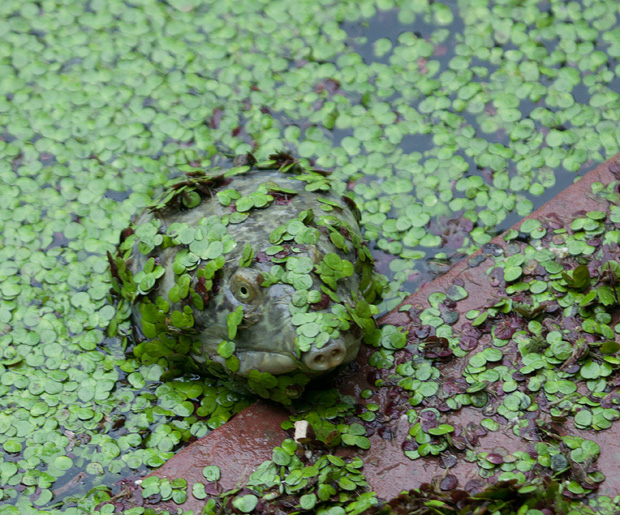
I have been trying to get a good photograph of common kingfisher for many years now. They are relatively friendly birds and do not have the tendency to fly away and find a perch hundred kilometers away from the nearest photographer. But despite the name, they are not exactly very common. And when sighted, they are usually found sitting in a location not easily accessible. They like to sit on low-hanging branches right above the water or on small plants that spring up in the middle of shallow waters.
I managed to find a friendly fellow willing to pose for me when I was in Bharatpur last month. This one was sitting on a branch next to a culvert, hardly a meter’s distance from the edge of the road. It was his favourite perch – he used to sit there every single day and meditate on the fish that swam in the waters below. Since he was always there and was right next to the road frequented by tourists coming to the park, he had become a mini-celebrity. Celebrities tend to get used to the camera, and he was no exception. He let me come as close as the minimum focusing distance of my lens and allowed me to fill his big, beautiful and colourful image in the frame. It is a pity he was sitting in poor light under the shadow of thick branches right above him, while the waters behind him reflected the white skies. But I shall not complain much. Here he is –
